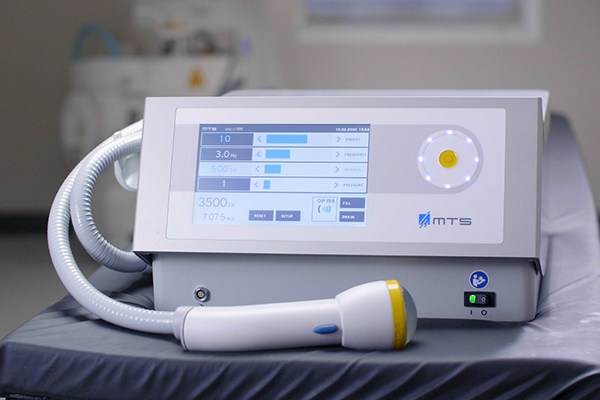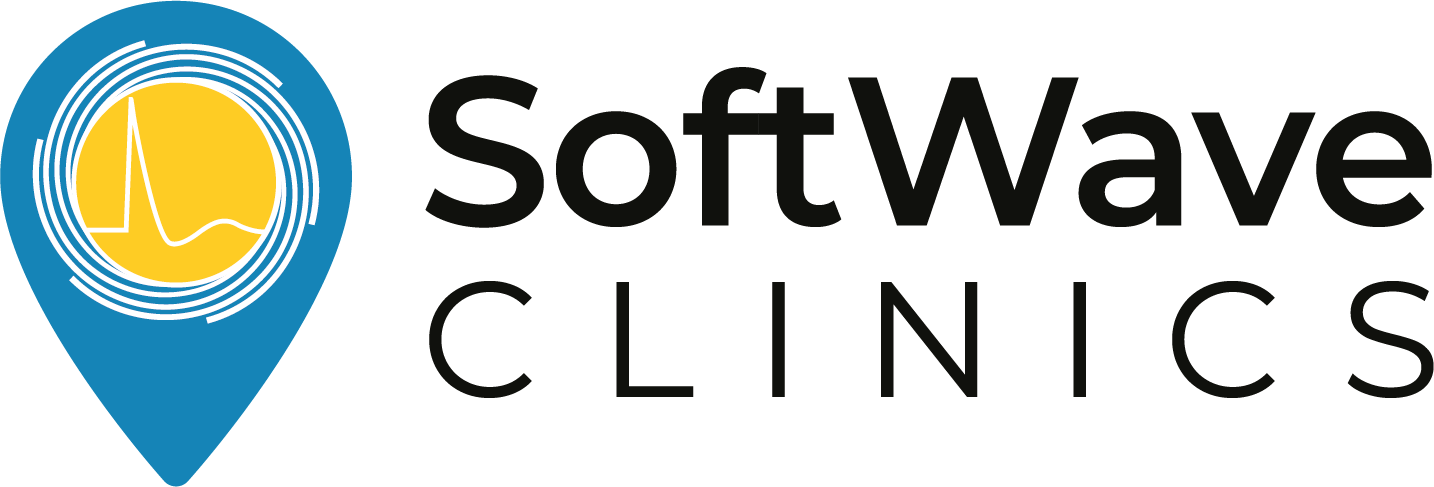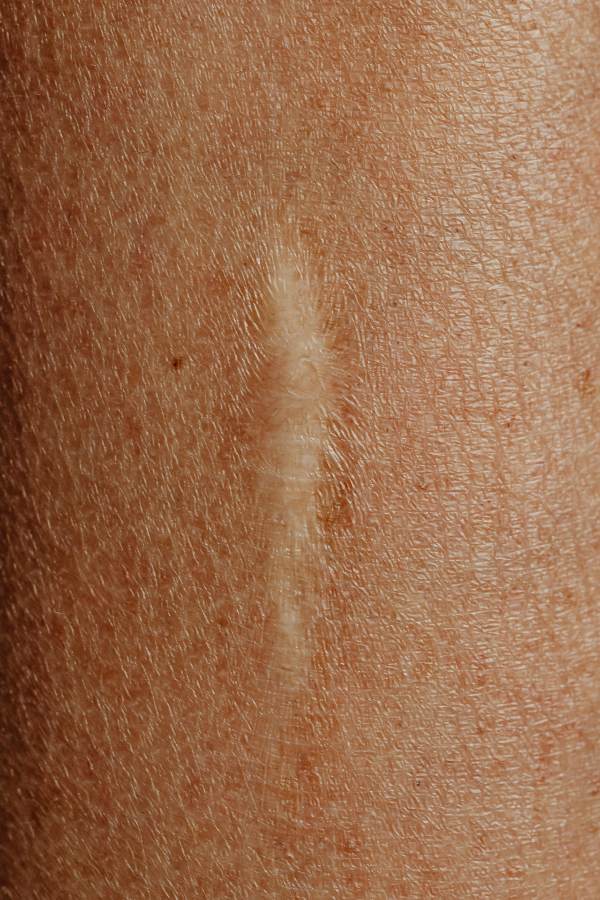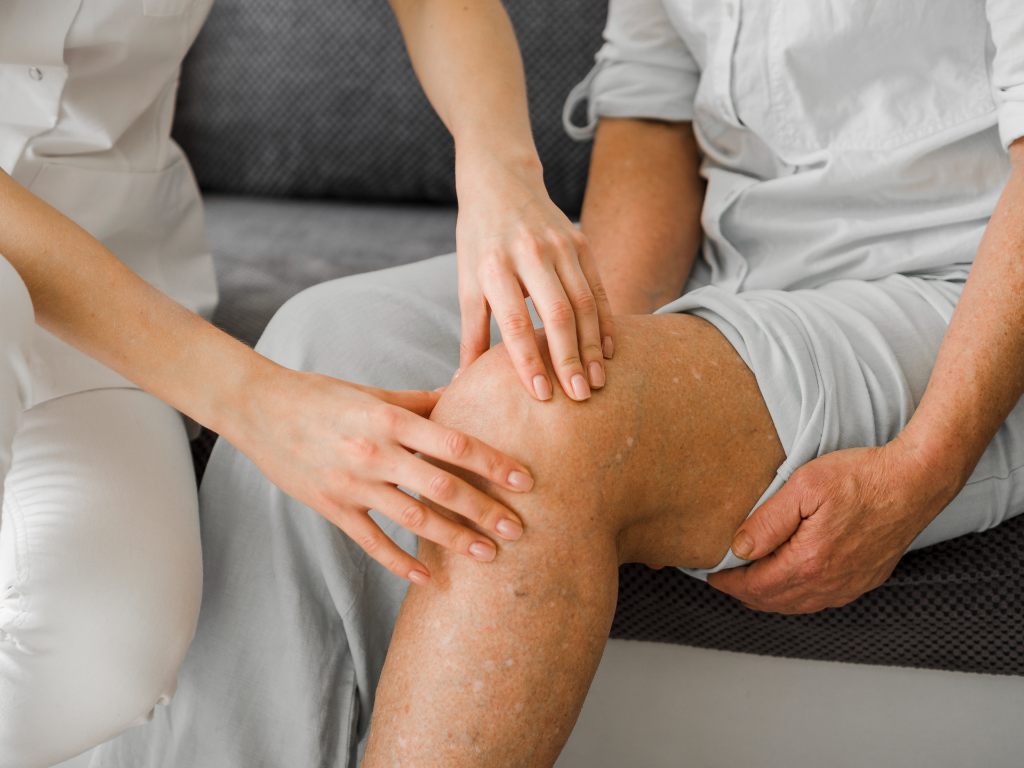Pain in the left shoulder accompanied by tingling in the fingers can feel alarming. These symptoms often indicate nerve irritation or compression, affecting the way signals travel between the neck, shoulder, and hand. When nerves become inflamed or compressed, they struggle to send proper signals, leading to pain, numbness, or weakness.
Musculoskeletal issues, such as muscle imbalances or joint dysfunction, can also play a role. While some cases resolve naturally, persistent discomfort may require a left shoulder pain tingling fingers treatment plan to prevent worsening symptoms. Understanding the root cause is key to finding lasting relief and restoring normal function.
What Causes Left Shoulder Pain and Tingling Fingers?

Several conditions can lead to pain in the shoulder along with tingling in the fingers. Some of the most common causes include:
- Pinched Nerve (Cervical Radiculopathy): Nerves in the neck can become compressed due to herniated discs, bone spurs, or arthritis. This compression can send pain, tingling, or weakness into the shoulder, arm, and fingers.
- Thoracic Outlet Syndrome: Tightened muscles or compressed blood vessels near the collarbone can cause numbness, weakness, and tingling sensations in the fingers.
- Rotator Cuff Injuries: Inflammation or damage to the rotator cuff can irritate nearby nerves, leading to radiating pain and discomfort.
- Herniated Disc: A bulging or slipped disc in the cervical spine can put pressure on nerves that control movement and sensation in the shoulder and arms.
- Brachial Plexus Injury: Trauma or excessive stretching of the network of nerves running from the neck to the arm can cause lingering pain and tingling.
- Poor Posture and Muscle Imbalances: Slouching or a forward head posture can compress nerves in the neck and shoulders, leading to discomfort and nerve-related symptoms.
Addressing the root cause is essential for long-term relief. Once the condition is identified, treatment can be tailored to promote healing and restore function.
Shoulder Pain from Injury?
Try SoftWave for just $69 and support healing without injections or surgery.

Treatment Options for Left Shoulder Pain and Tingling Fingers
Left shoulder pain with tingling fingers is often caused by nerve compression, inflammation, or musculoskeletal imbalances. Most patients find significant relief with conservative treatments that target the root cause, improve mobility, and prevent long-term nerve damage. Early intervention is key, as prolonged nerve compression can lead to chronic pain, weakness, and loss of function in the affected arm.
1. SoftWave Therapy: A Non-Invasive Solution for Healing and Pain Relief
SoftWave Therapy is an advanced, non-invasive treatment that uses broad-focused shockwaves to stimulate the body’s natural healing response without causing microtrauma. Unlike traditional shockwave devices, which deliver focused energy to a small area, SoftWave Therapy uses a patented parabolic reflector applicator to spread energy over a large treatment zone, making it ideal for conditions like shoulder pain and nerve-related tingling.
SoftWave Therapy promotes healing by:
- Modulating inflammation to reduce swelling and nerve irritation, alleviating pain, numbness, and tingling.
- Increasing blood supply by enhancing microcirculation, ensuring that oxygen and nutrients reach damaged tissues more efficiently.
- Promoting angiogenesis (the formation of new blood vessels) to accelerate tissue healing and repair.
- Stimulating cytokines and growth factors to activate stem cells and encourage long-term recovery.
- Encouraging wound epithelialization and tissue regeneration, helping damaged tendons, ligaments, and nerves heal more effectively.
Patients often experience noticeable pain relief, improved function, and faster recovery within just a few sessions, making it a leading alternative to surgery or long-term medication use.
Read more about Shockwave for Shoulder Pain
2. Physical Therapy: Restoring Strength and Mobility
Physical therapy is crucial for improving joint function, muscle balance, and nerve mobility, which collectively alleviate pain and restore proper movement. A structured rehabilitation program may include:
- Nerve gliding exercises that gently stretch and mobilize nerves, helping them move freely through surrounding tissues and reducing irritation.
- Rotator cuff strengthening to stabilize the shoulder joint and prevent excess strain on surrounding muscles and nerves, which can worsen symptoms.
- Postural correction therapy to realign the spine and shoulders, relieving unnecessary pressure on the cervical nerves and improving overall movement patterns.
When combined with other therapies, physical therapy not only reduces symptoms but also helps prevent recurring pain and long-term complications.
3. Chiropractic Adjustments and Manual Therapy
Chiropractic care restores spinal and joint alignment, which can relieve nerve compression and improve overall musculoskeletal function. Misalignment in the cervical spine or shoulder can increase strain on the brachial plexus nerves, leading to pain, tingling, and even weakness in the arm. Chiropractic techniques include:
- Spinal adjustments to realign the cervical vertebrae, reducing pressure on irritated nerves and improving nerve signal transmission.
- Shoulder mobilization to improve joint mechanics, reducing strain on nearby muscles and preventing further compression of nerves.
- Myofascial release to break up adhesions in soft tissues that restrict nerve movement and cause lingering discomfort.
- Massage therapy to relieve muscle tension, improve blood circulation, and promote relaxation of overworked or tight muscles that may be aggravating nerve pathways.
Chiropractic care is often most effective when combined with SoftWave Therapy or physical therapy, creating a comprehensive treatment plan for long-term relief.
4. Medications for Managing Pain and Inflammation
Medications help manage pain and inflammation while other treatments work to correct the underlying problem. While not a cure, they can improve quality of life by reducing discomfort and enabling patients to participate in rehabilitative therapies. Commonly used options include:
- NSAIDs (Ibuprofen, Naproxen): Reduce inflammation and pain by blocking enzymes that promote swelling in the affected area.
- Muscle relaxants: Help alleviate spasms that can contribute to nerve compression, particularly when muscles around the neck and shoulder tighten in response to injury.
- Oral corticosteroids: Offer short-term relief for severe inflammation but should be used sparingly due to potential side effects, including weakened immune function and bone loss.
Because medications do not address the root cause, they should be combined with physical therapy or other treatments for long-term relief.
5. Cortisone Injections for Severe Inflammation
For persistent inflammation that does not respond to other treatments, cortisone injections can provide temporary but powerful relief. These injections contain corticosteroids that reduce swelling and inflammation, making them useful for conditions like rotator cuff tendinitis, bursitis, or nerve impingement. They work by:
- Reducing swelling around compressed nerves, relieving pressure that contributes to pain and tingling sensations.
- Suppressing inflammation in tendons, ligaments, and joints, improving mobility and reducing discomfort in the affected area.
- Providing short-term symptom relief to make rehabilitation exercises more effective and allow the body time to heal.
Since cortisone injections do not repair damaged tissues, they are best used alongside physical therapy, SoftWave Therapy, or other long-term treatment strategies. Overuse can lead to joint or tendon weakening, so they are typically limited to a few injections per year.
Surgery for Left Shoulder Pain and Tingling Fingers: When Is It Needed?

Surgery is only recommended when conservative treatments fail to provide relief and symptoms become severe, such as persistent weakness, worsening pain, or loss of function in the arm. The type of surgery depends on the underlying condition and may include:
- Cervical Discectomy and Fusion (ACDF): Removes a damaged or herniated disc in the cervical spine to relieve pressure on nerves, often necessary for severe nerve compression.
- Rotator Cuff Repair: Repairs torn tendons that have not healed with conservative treatments, restoring shoulder function and stability.
- Thoracic Outlet Decompression Surgery: Removes anatomical obstructions such as an extra rib or tight muscles that are compressing the brachial plexus nerves and blood vessels.
Most patients do not require surgery, as SoftWave Therapy, physical therapy, and chiropractic care can provide significant relief without the risks and long recovery periods associated with surgical procedures. Exploring non-invasive treatments first is highly recommended.
When to See a Doctor for Shoulder Pain and Tingling Fingers?
While many cases of shoulder pain and tingling fingers improve with conservative treatment, some symptoms indicate a need for prompt medical evaluation. Ignoring these warning signs could lead to worsening nerve damage, reduced function, or a more serious underlying condition that requires specialized care.
Red flag symptoms that warrant a doctor’s visit include:
- Weakness or loss of grip strength – Difficulty holding objects or frequent dropping of items may signal nerve compression.
- Persistent numbness or tingling that worsens – If tingling spreads or becomes constant, it could indicate progressive nerve entrapment.
- Severe pain disrupting sleep or daily activities – Pain that worsens at night or limits movement may require further evaluation.
Other concerning signs include swelling, discoloration, or a heavy sensation in the arm, which could indicate vascular compression or nerve dysfunction. A doctor can assess the cause through physical exams, imaging, or nerve tests, helping to prevent long-term damage and improve recovery outcomes.
The Best Shockwave Therapy for Shoulder Pain
Are you looking for safe, reliable, and effective relief from shoulder pain?
SoftWave therapy is FDA-cleared, patented, and nationally recognized for its leading tissue regeneration technology. Unlike other types of high-energy shockwave treatments, SoftWave is the only shockwave therapy on the market that uses true broad-focused shock waves that treat larger and deeper areas of tissue.
Thousands of patients have experienced the benefits of SoftWave for shoulder pain, including:
- Little to no side effects
- Short treatment time
- Quick recovery
- Long-lasting results
Find a SoftWave Therapy provider near you or learn more about SoftWave and whether or not you’re eligible for full treatment today!
New Patient Special
Try SoftWave for just $69 at a clinic near you and learn if you’re a candidate for full treatment





